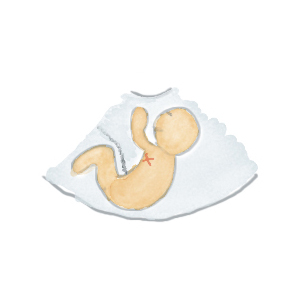CHD Facts
The Challenge
Worldwide, over a million children are born with congenital heart disease every year. Millions more are affected by rheumatic heart disease. While most heart defects can now be corrected or improved, children living in developing countries are routinely denied life-saving cardiac surgery because of their place of birth.
Did you know that congenital heart disease (CHD) is a silent killer among children? While it’s non-communicable, it destroys families around the world.CHD is 1 of the most frequently diagnosed congenital disorders afflicting approximately 0.8% to 1.2% of live births worldwide.
Generally, CHD is defined as a structural abnormality of the heart and (or) great vessels that is present at birth. Not everyone has equal access to testing. A severe lack of resources, including equipment, is an issue in poorer countries. Many hospitals simply don’t have oximetry machines to test the oxygen in newborns’ blood. This test is vital, as congenital heart defects may not show symptoms until a baby has been taken home.
According to the Centers for Disease Control and Prevention (CDC), in 2011, screening for critical CHDs was added to the Recommended Uniform Screening Panel for Newborns. CHD is the most common birth defect, and one of the leading causes of death in patients under the age of one. The Children’s Hospital of Philadelphia says congenital heart disease is approximately 60 times more prevalent than childhood cancer. While efforts have been made in the US to make sure babies’ hearts are healthy, there is still a long way to go with regards to ensuring families have this life-saving care before they take their newborns home in Latin America.
Before the 1950’s, severe CHD was an almost universally fatal disease. Fortunately, the introduction of cardiopulmonary bypass transformed it into a manageable disorderAlthough advances in cardiovascular medicine and surgery over the past decades have decreased mortality drastically and enabled most patients to reach adulthood, CHD remains the leading cause of mortality from birth defects and imposes a heavy disease burden worldwide.
The prevention of CHD still has a long way to go, and the early screening for those at high risk is therefore critical for the reduction in CHD burden.Screening strategies to detect CHD include antenatal ultrasound, physical examination of the newborn, and pulse oximetry.
The Global Impact of Congenital Heart Disease
The Global Impact of Rheumatic Heart Disease
The Challenge

Developing countries are disproportionately impacted by rheumatic heart disease due to socioeconomic factors, such as poor living conditions and access to health care.
2/3
of patients are children between the ages of 5 and 15

Rheumatic heart disease is a major cause of premature death and morbidity in low income countries




